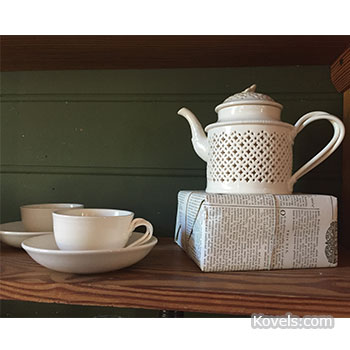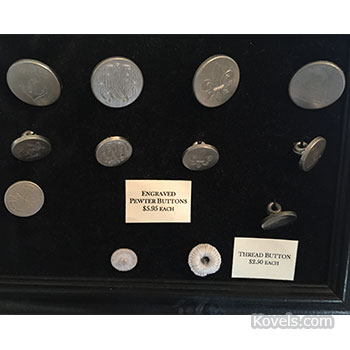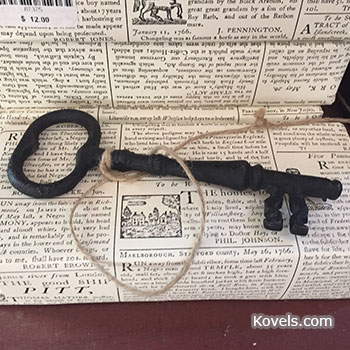Williamsburg is a famous city in Virginia founded in 1632 as Middle Plantation, a settlement between two rivers. It was renamed Williamsburg in 1699 in honor of King William III of England. Its historic district, known as Colonial Williamsburg, has been restored as a living-history museum and is a popular tourist attraction. But it is also a little-publicized example of the challenges in recreating the past.
In 1926, colonial-era remains of the town were studied by experts and a restoration project began. Copies of original houses, even the Governors Palace, were built, furnished and landscaped to look like they did in the 18th century. In 1981 after new archeological study and research, the buildings and contents were changed. They added modern improvements like bathrooms and air conditioning. They also added information and structures that related to the average families and slaves who lived and worked in Williamsburg in the 1700s. Visitors can step back in time and imagine life then, especially when it is very hot.
Before the 1980s, the walls of the Governor’s Palace were a dark walnut color that had been copied from a small piece of wood found in the original early digs. Today’s visitors are awed by the change, the display of a circle of 60 muskets or swords arranged in formations on the cream-colored walls. The arms displays are inspired by existing English ones from the 1700s, and we now know that the arms were at the ready to be used in times of danger. The brocades, oriental rugs and other opulent decorations were replaced by checked slipcovers on chairs and oilcloth on floors. One bedroom was painted bright yellow; another had purple and cream stripes. The hall in one of the houses in town was given bright turquoise wallpaper. And the landscaping was left like the 1920s, although new studies have shown the original was simpler, with no mazes.
But visitors can buy authentic ceramics, glass, pewter, ironwork, sewing tools and other household goods that are made today almost exactly like the originals. Creamware dishes like those used in past centuries were on display. The first creamware was a breakfast set given by English potter Josiah Wedgwood to Queen Charlotte in the late 1700s. She allowed him to call it “Queen’s Ware” (a successful advertising idea). Like many of the antique originals in Colonial Williamsburg, the reproductions are made in England and the details are individually cut and shaped by hand.
China sets for sale include pieces in the Duke of Gloucester pattern. It is decorated with fruit and insects within a rim of green enamel and gold flocking and 22-karat gold trim. It is a faithful reproduction of a 1770 set owned by William Henry, Duke of Gloucester.
A very popular reproduction is Delftware, blue and white tin-glazed pottery from the Netherlands that was used from 1640 to 1740 in Europe. Orient-inspired decoration was popular for Delft until the early 1700s, and then scenic designs were favored. Early Delft was very soft and chipped easily. Almost all blue and white ceramics called Delft today are porcelain with painted or transferred designs that resemble the originals.
Metal and glass reproductions sold in Colonial Williamsburg are usually made the old-fashioned way, sometimes in workshops where you can watch. And pewter buttons are sold that are made today from old molds. Gallipots are small urn-shaped pots made from glazed earthenware or metal that were used by pharmacists to hold medicines or ointments. Many are sold in Williamsburg shops as small, inexpensive souvenirs. And glass bottles and bowls are blown in exhibitions, so some of the glass for sale is made in an authentic 1700’s manner. Your souvenirs can be both memorable and useful.










Leave a Reply
You must be logged in to post a comment.